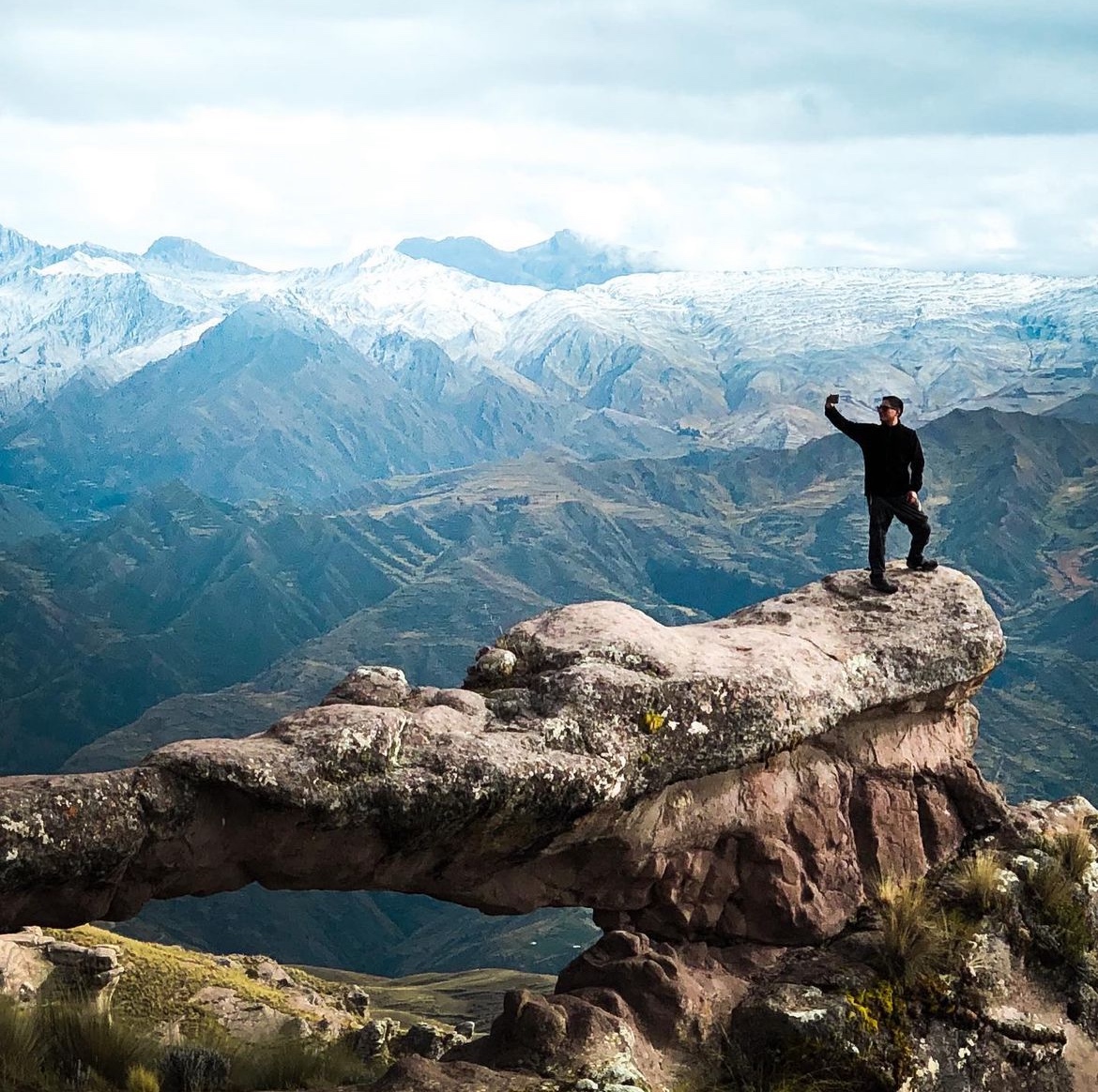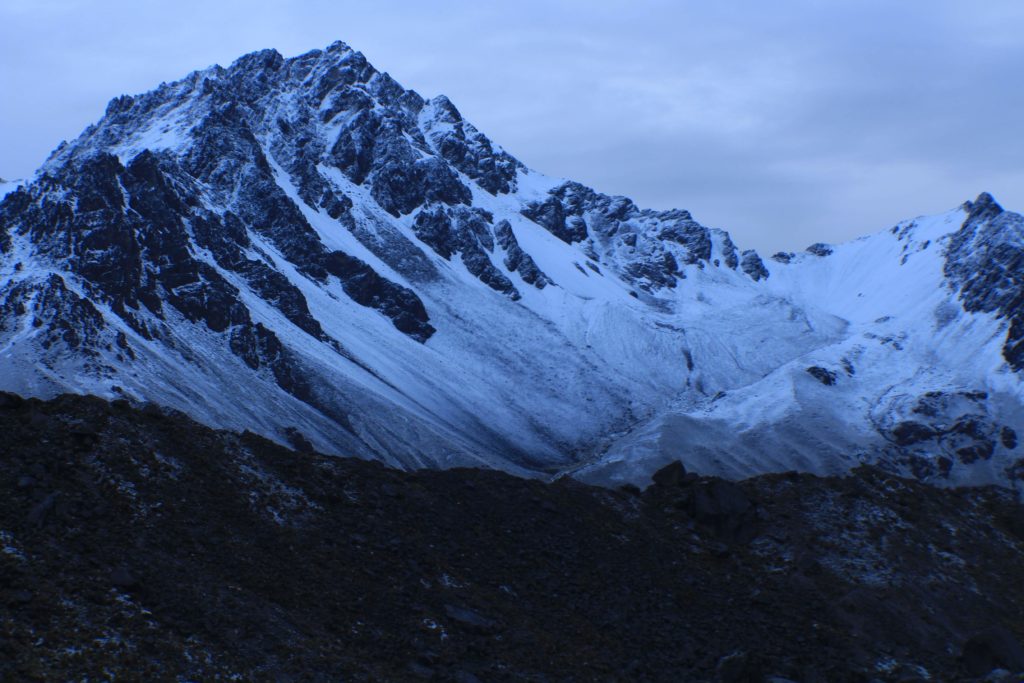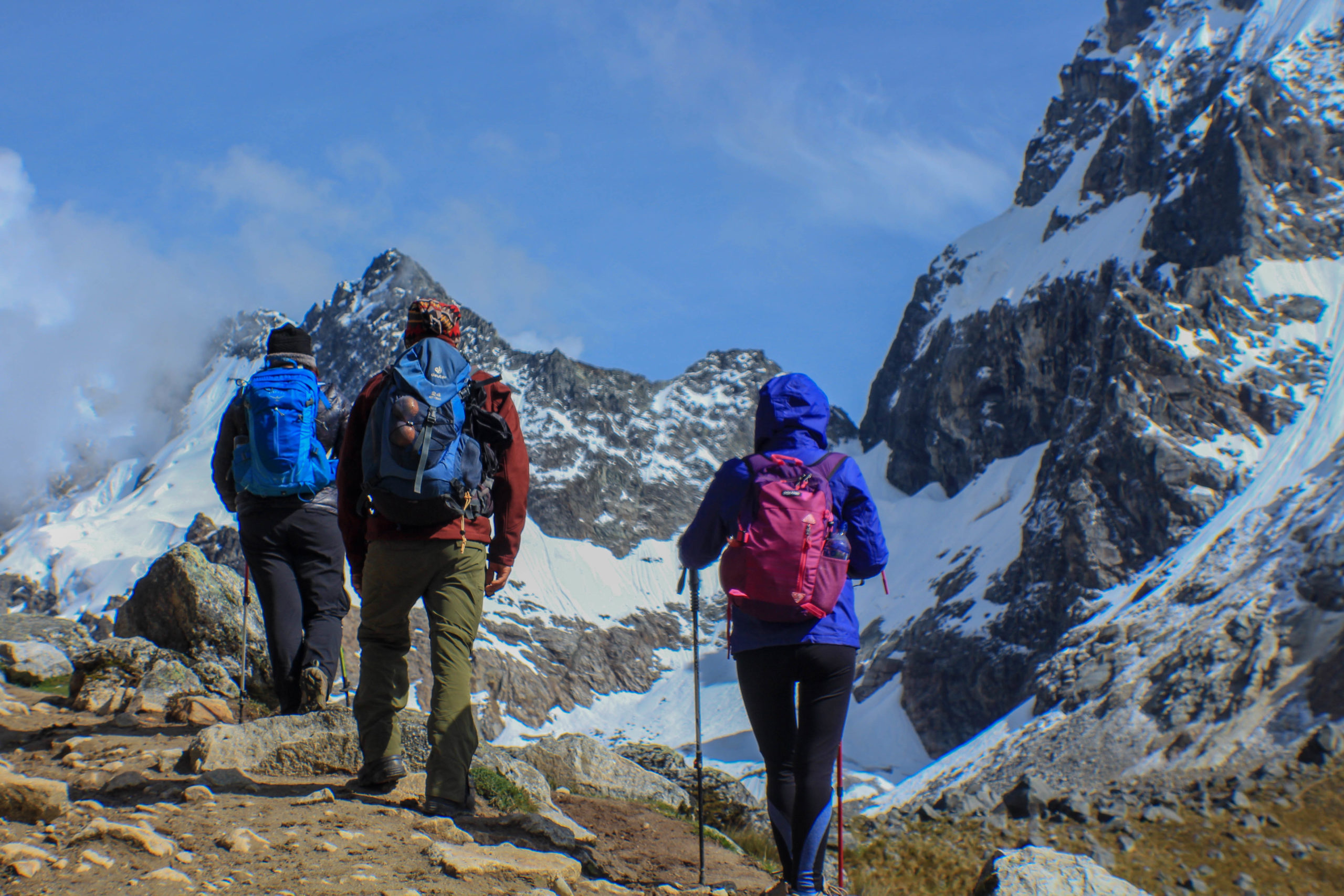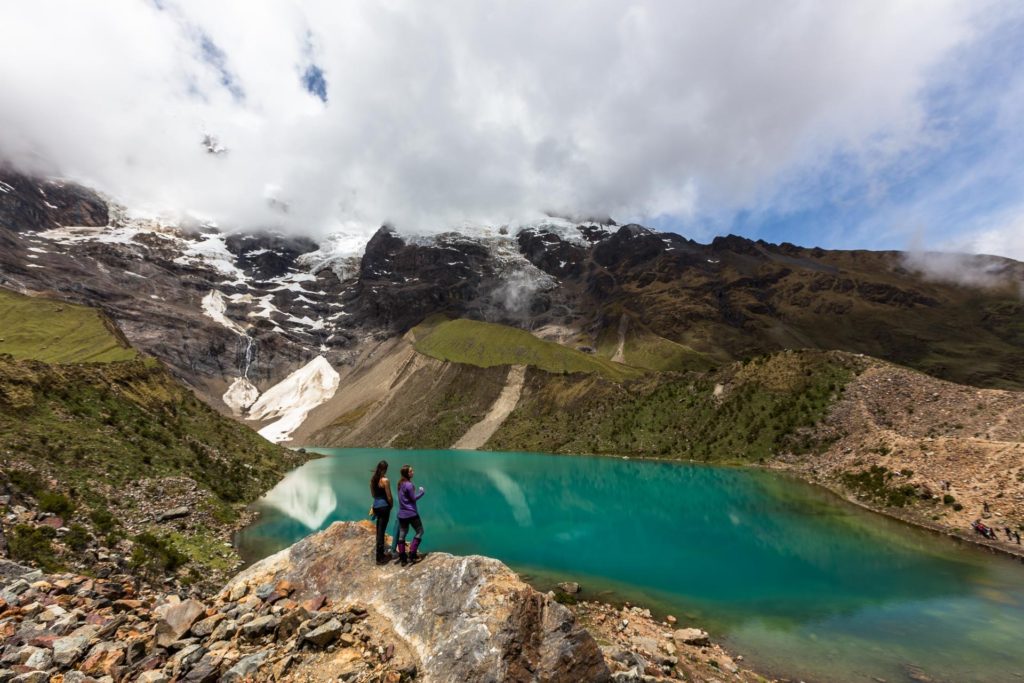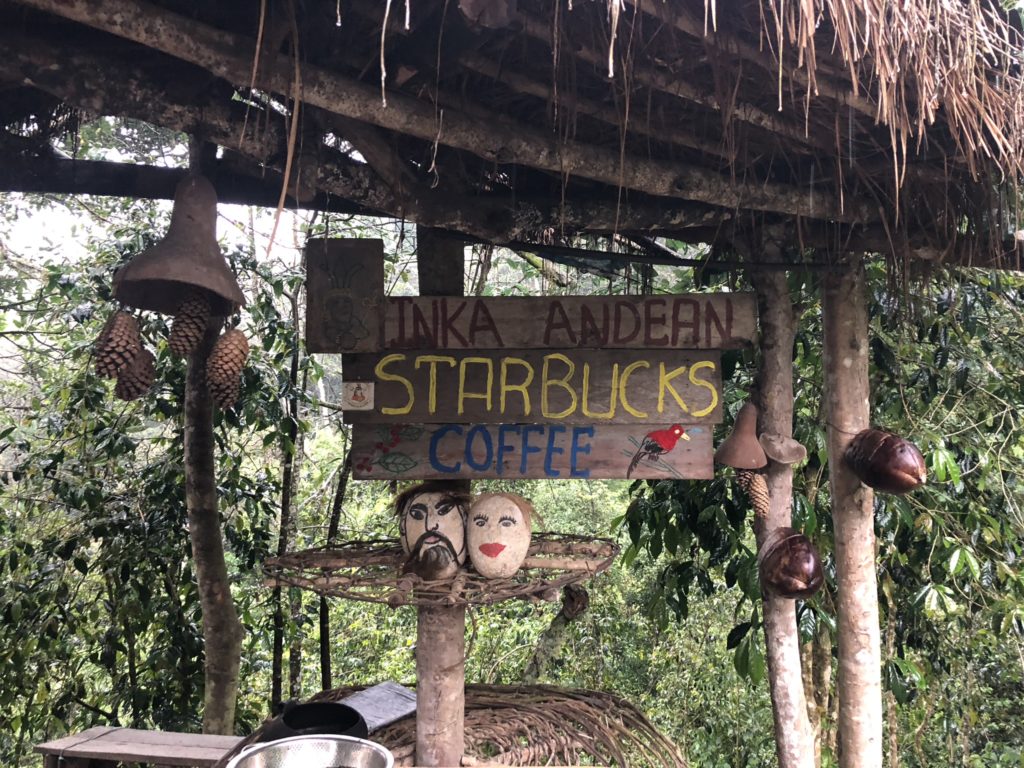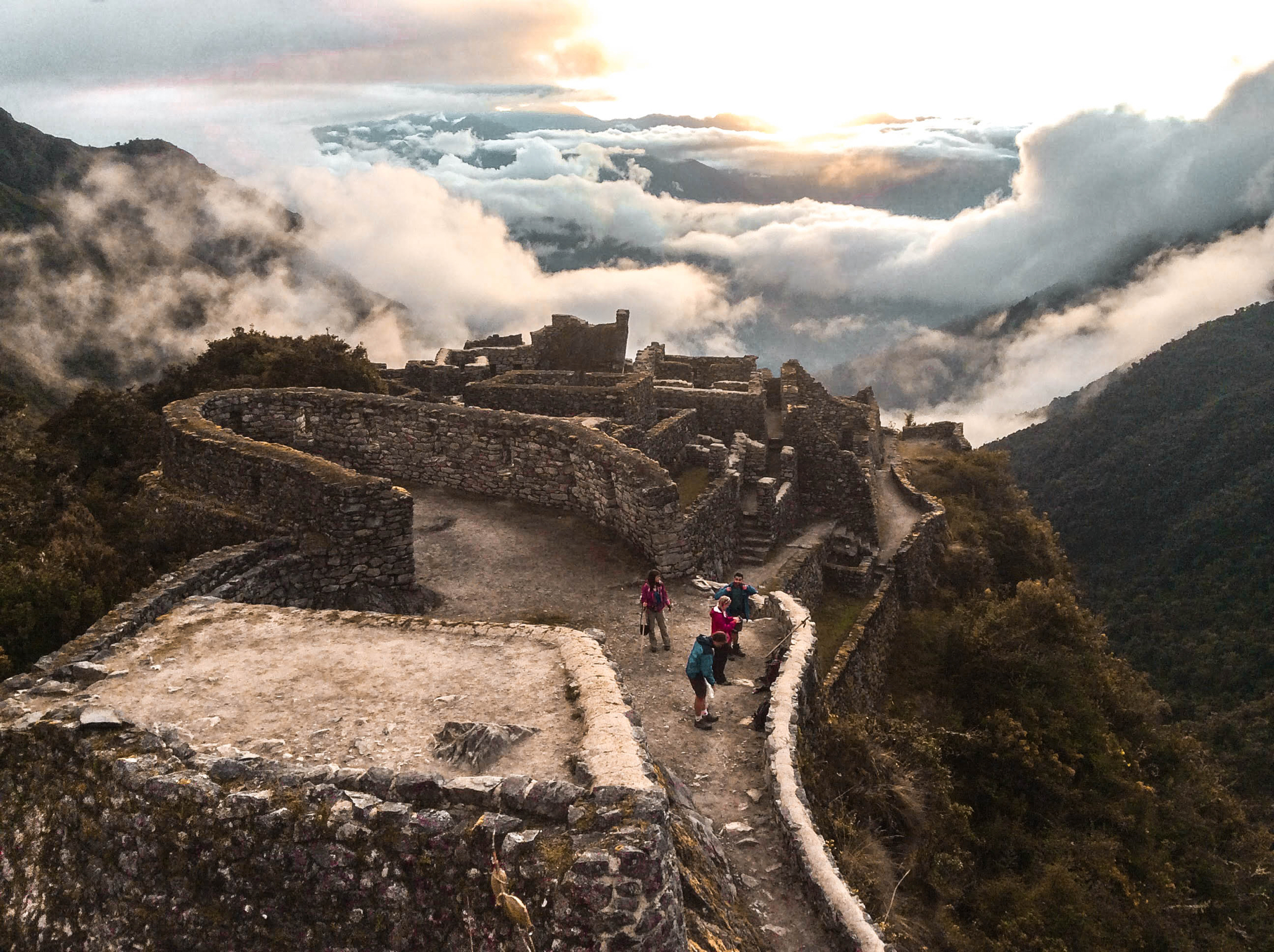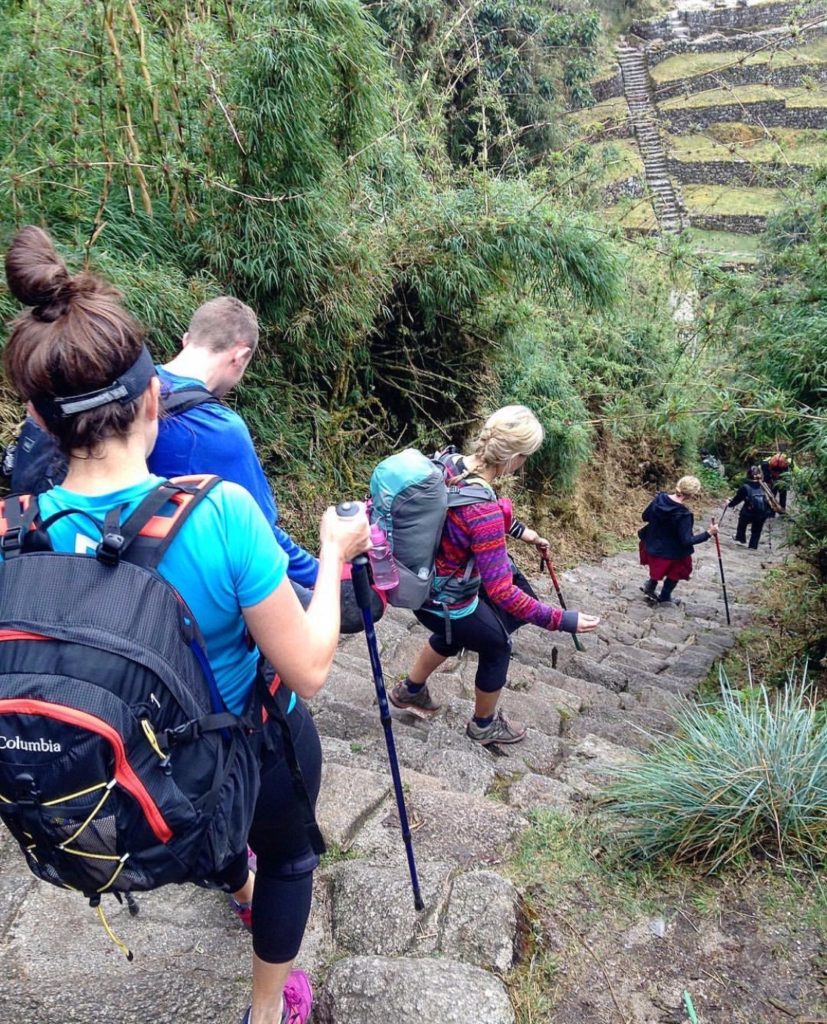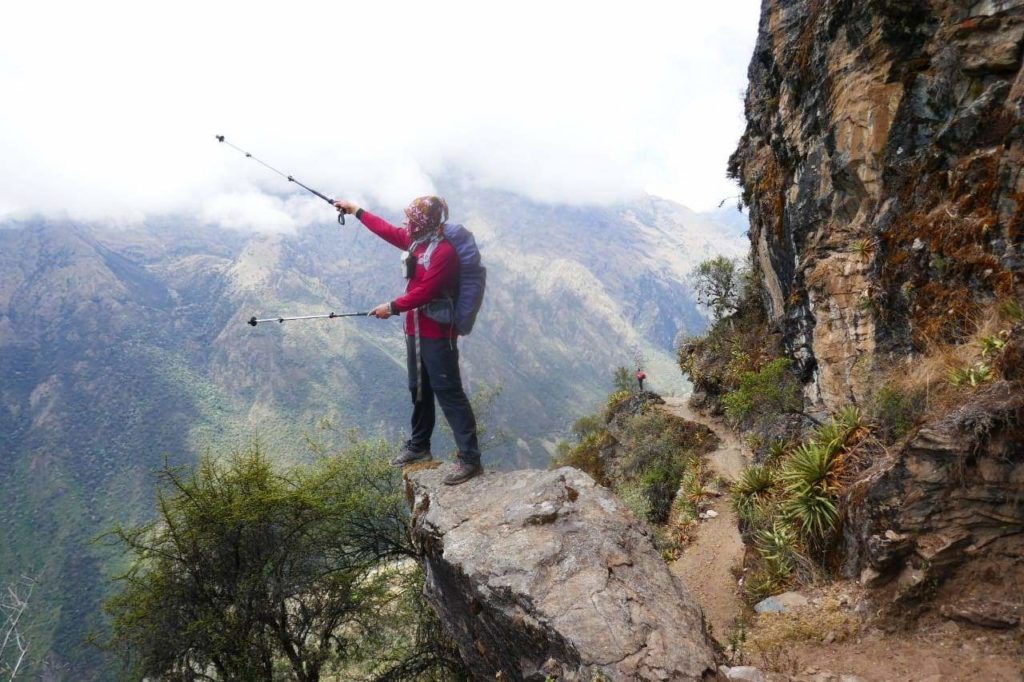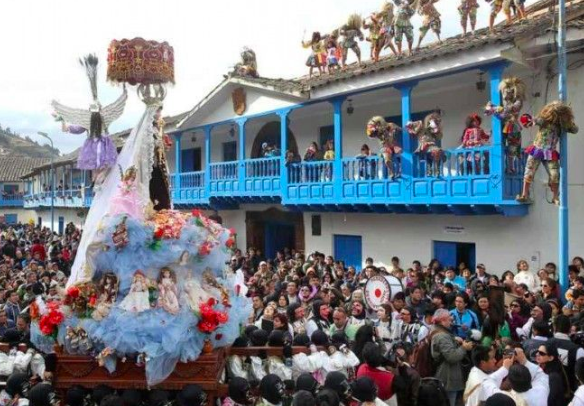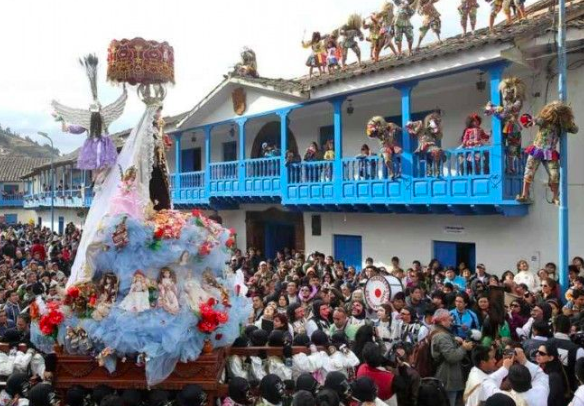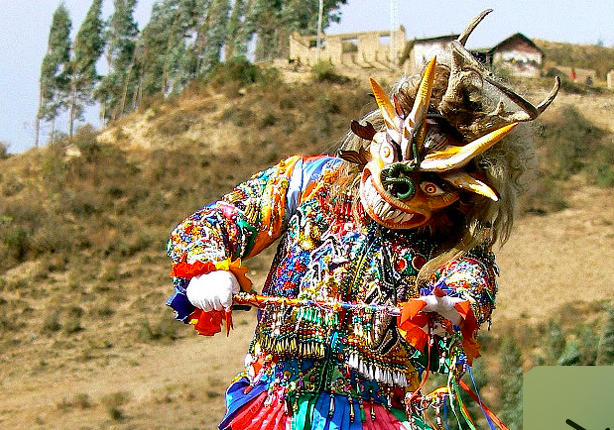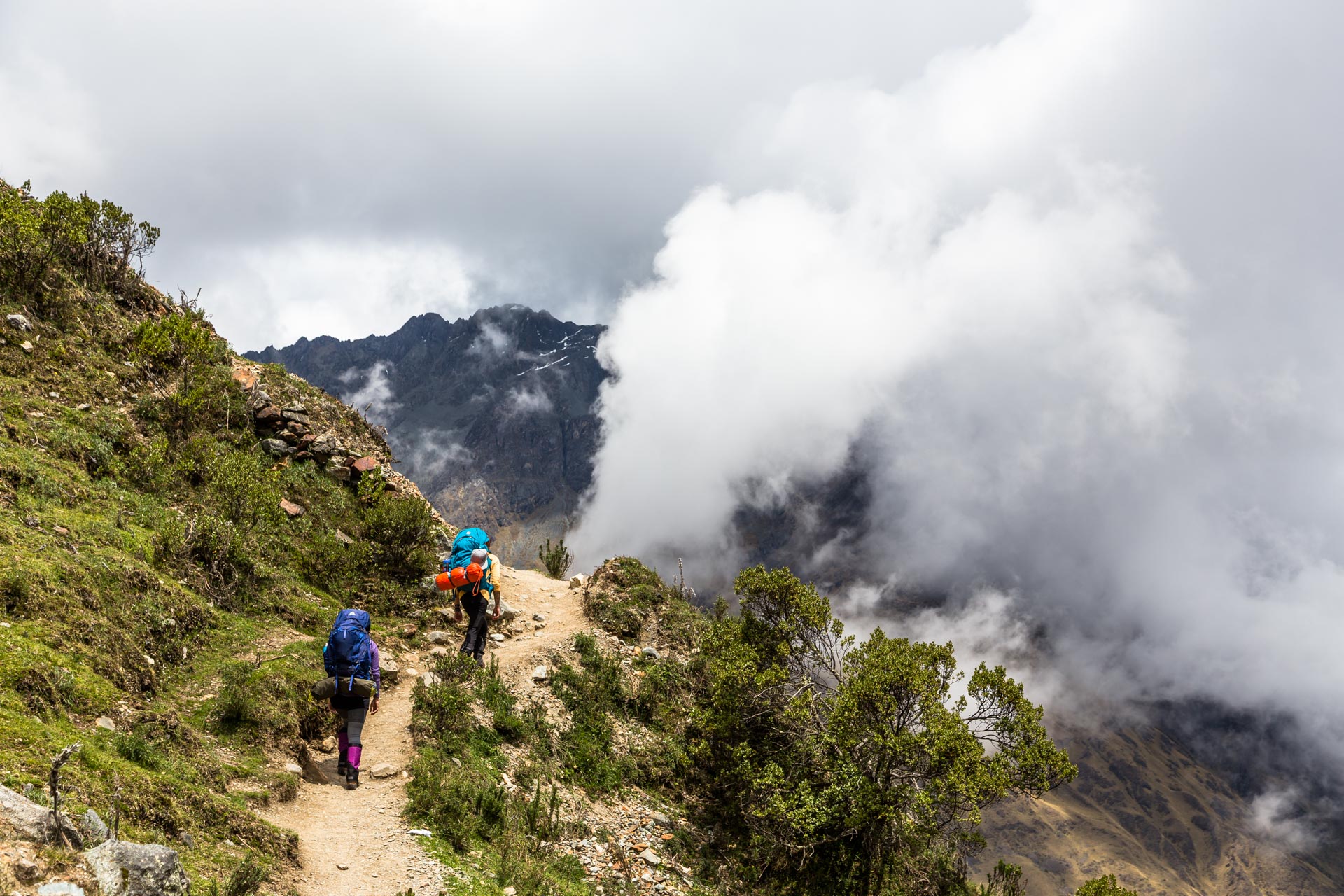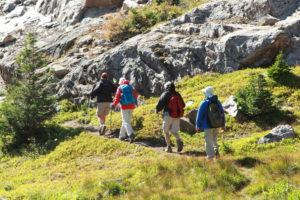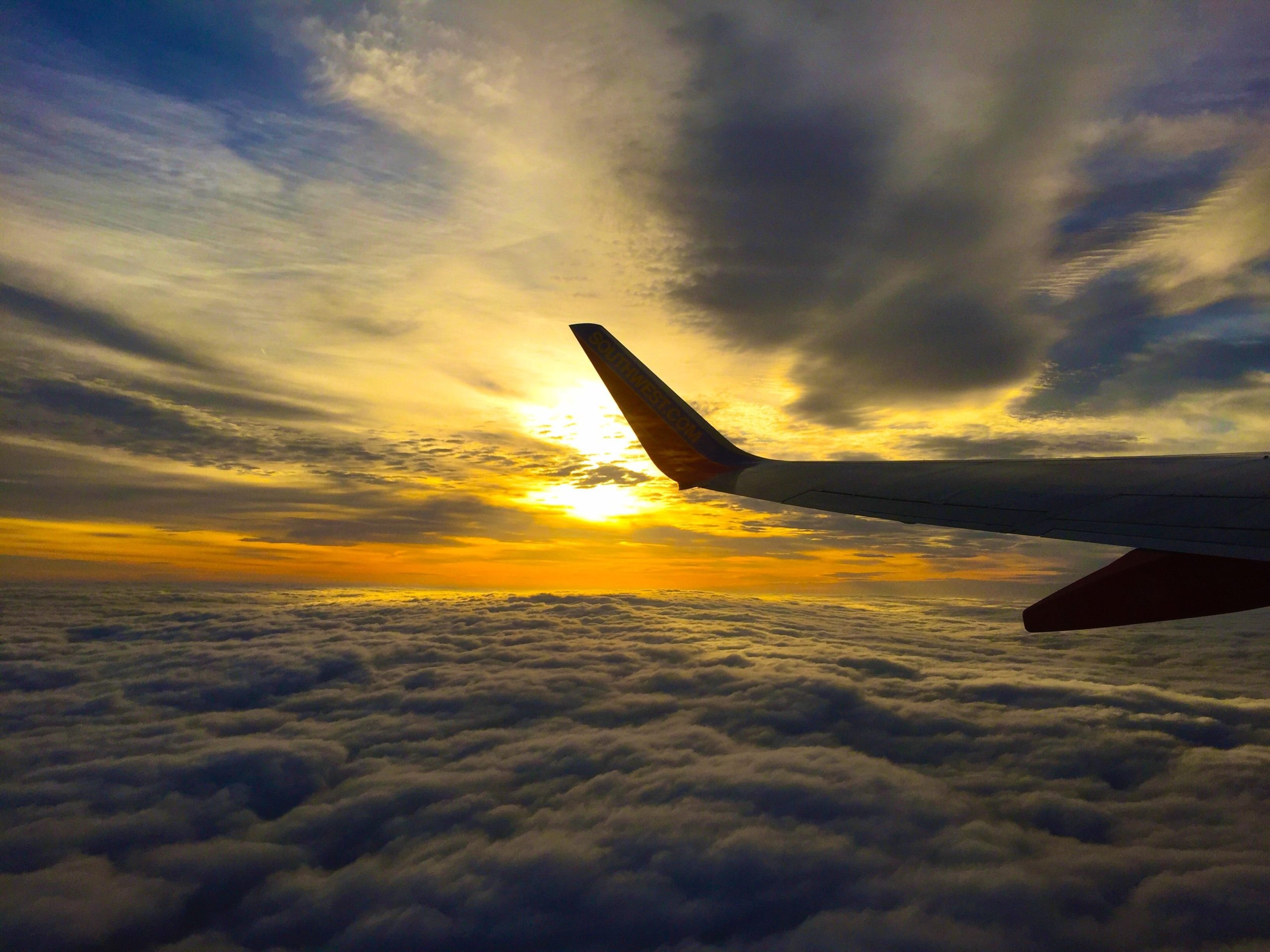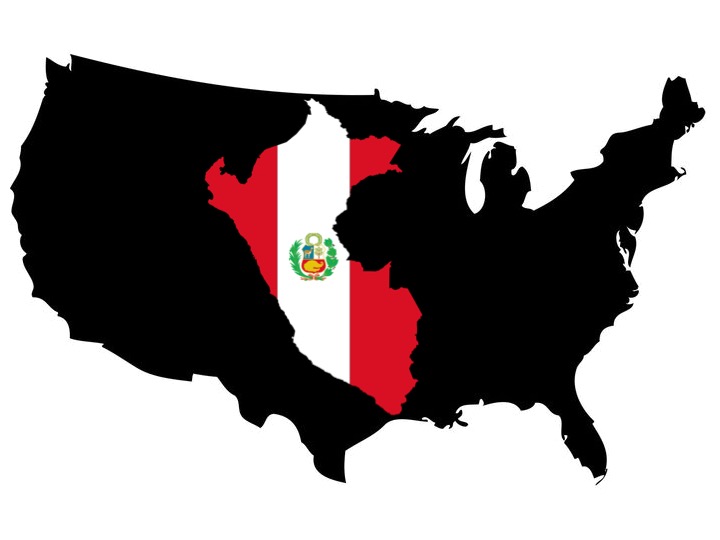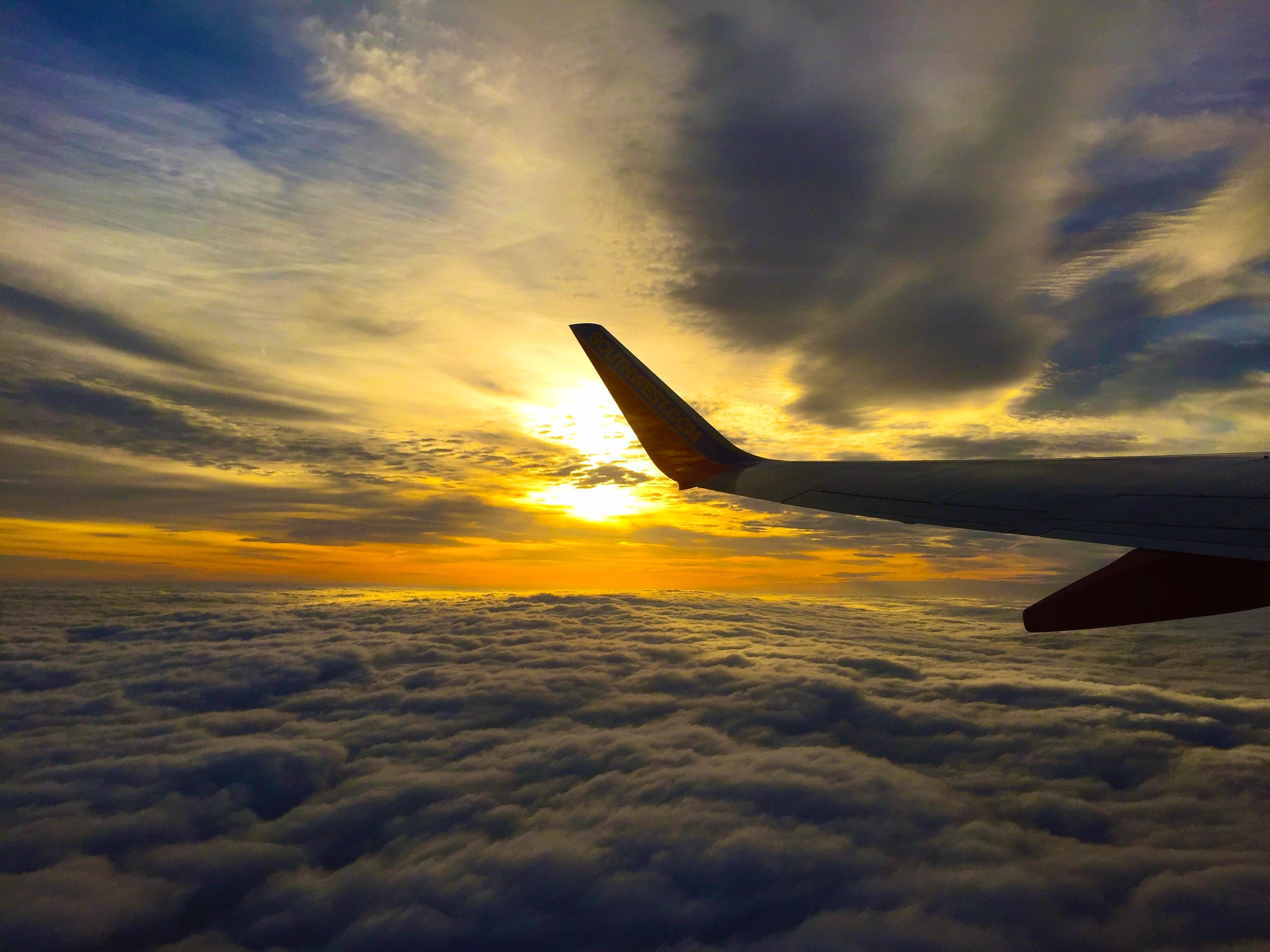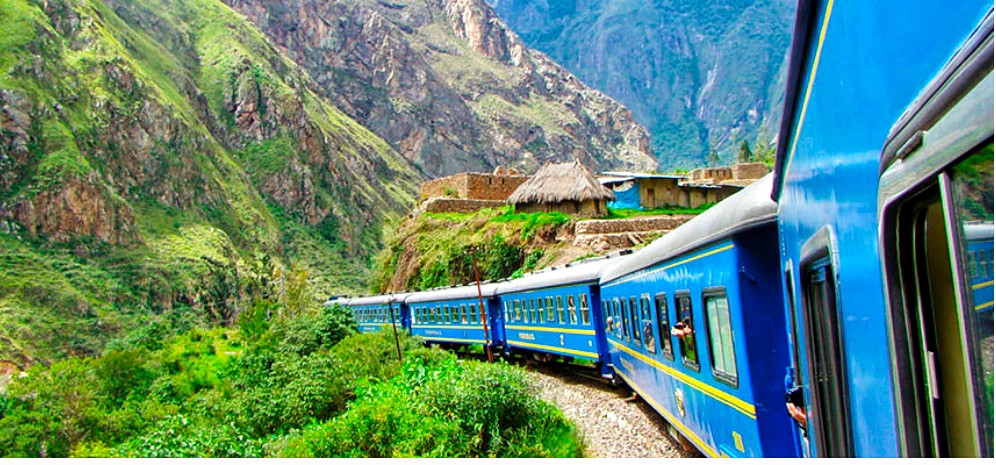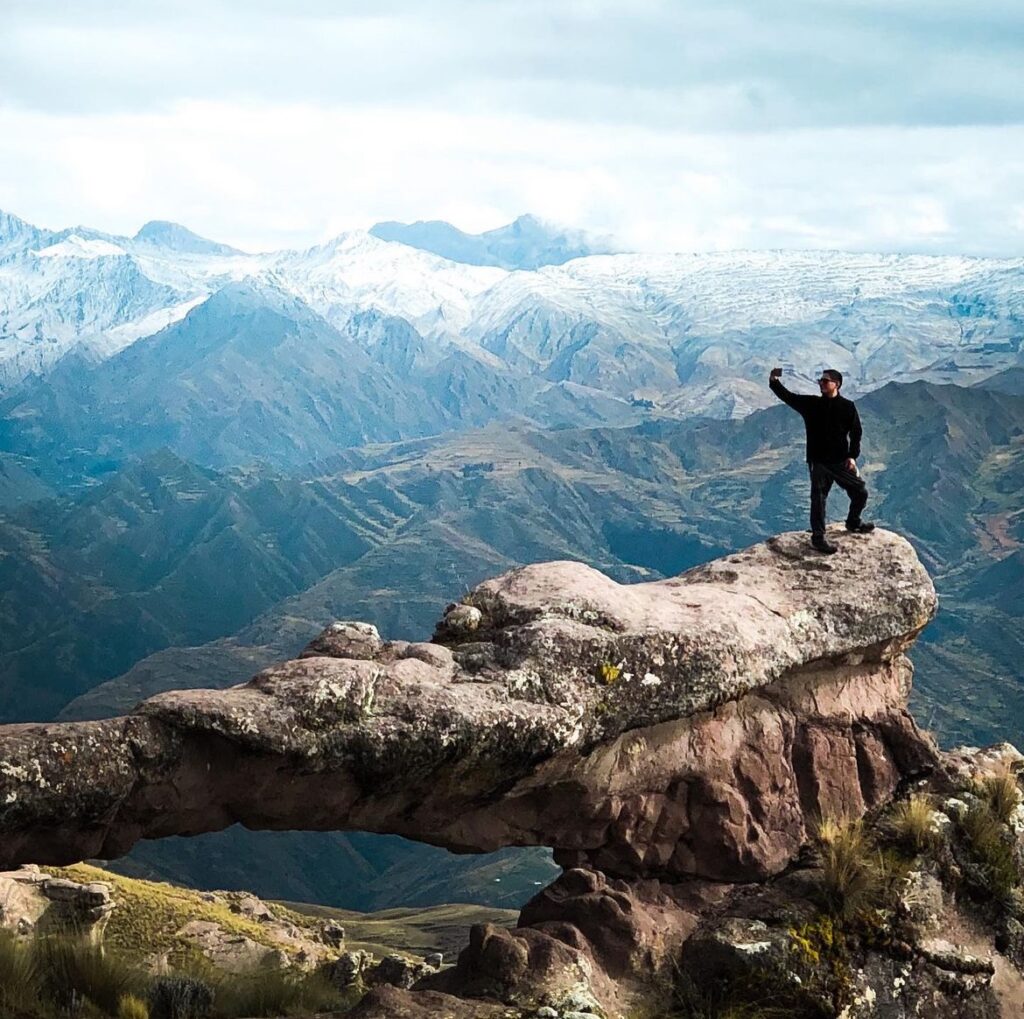
Have you been thinking about traveling to Peru but you’re worried about getting altitude sickness? This condition happens when you travel to a high altitude (elevation) too quickly without giving your body time to adjust to the lower air pressure and lower oxygen levels. Anyone can get altitude sickness regardless of fitness or experience level, age, sex, or general health.
The good news is, you don’t have to let a fear of altitude sickness prevent you from experiencing Peru. With proper preparation, your body will adjust, and you will have an amazing trip.
Here, we list some essential tips that you should consider if you are preparing to visit Cuso or complete any of the high-altitude climbs in Peru:
- If you really want to enjoy your vacation and complete the expedition successfully, we highly recommend arriving in Cusco at least two days prior your trip. During this time, try to do some light physical activities like walking around the city of Cusco or enjoying any of the free things to do in the area.
- Talk to your doctor before traveling if you have any of the following conditions:
- Have a lung or heart condition
- Pregnancy
- Live at low elevation or previously had altitude problems
- Learn the symptoms of altitude sickness. You’ll likely feel:
- Nauseous
- Lightheaded
- Fatigue and loss of energy
- Shortness of breath
- Loss of appetite
- Dizziness
- Insomnia
- Be proactive about preventing altitude sickness.
- Arrive in Cusco 2 days before attempting to do anything strenuous so your body can acclimate. This process allows your body time to adjust to the change in oxygen levels. Take your time when walking uphill.
- Talk to your healthcare provider about taking acetazolamide (Diamox) before your trip. Taking it 24 hours before traveling to a high altitude and continuing for five days can help prevent altitude sickness. Dexamethasone can also be used preventively, but it can have serious side effects. Talk to your provider before your trip.
- Try to prepare in advance to help your body acclimate faster.
- Find ways to “walk up”: At home in your neighborhood or in an office or mall in your city, walk uphill and up and down stairs as often as possible, with or without a backpack on.
- Go slow: if you are in Cusco or able to walk somewhere above 10,000 feet, don’t increase your altitude more than 1,000 feet a day for the first 2 days
- Rest: when you are climbing, try to find a landmark (tree or rock) you want to walk to before taking a break. Keep your mind busy with the beauty of nature to try to distract yourself.
- Climb high and sleep low: If you climb more than 1,000 feet in a day, come down to sleep at a lower elevation.
- Know your body: it’s important to recognize the signs and symptoms of altitude sickness. If you notice any symptoms, slow down and rest, drink water, and, if it’s possible, move to a lower altitude.
- Stay hydrated: Drink 3-4 liters of water per day.
- Avoid alcohol, tobacco, and depressant drugs that can dehydrate your body. These substances will have a stronger effect at higher elevations, which can impair judgment.
- Eat carbs: Eat a diet that’s 70% carbohydrates while acclimating.

If you get to Cusco and feel any symptoms of altitude sickness while you are not with a tour group, please stop and rest. If possible drink water and/or the local coca tea or chew candy with sugar to help stimulate blood flow. If you feel like it is an emergency, pop into the nearest restaurant or hotel so they can help you get oxygen or any other medical attention that might be needed. The locals in Cusco are used to seeing this type of thing are extremely friendly and helpful. Do not hesitate to ask for help if you need it.

